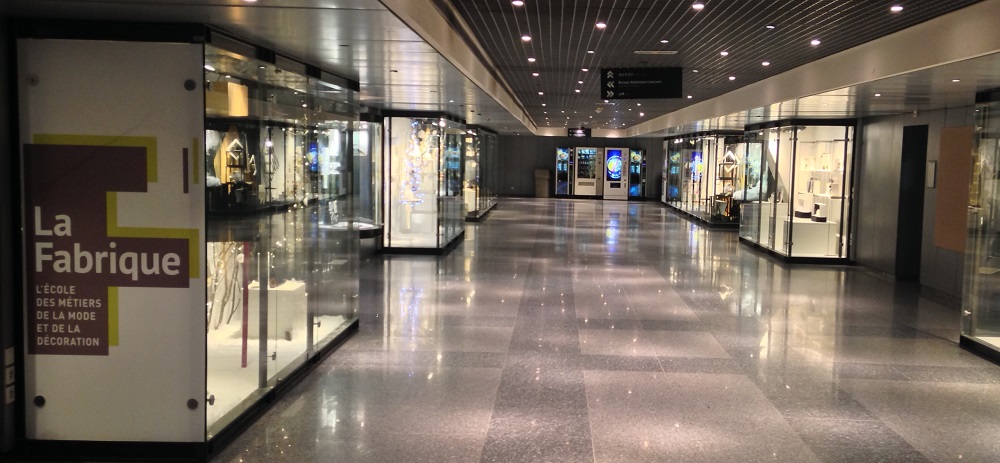The fashion school wants to be a laboratory, where students become familiar with new technologies. The training must above all stir curiosity and a certain taste for digital innovations.
“Back in 2015, when we wanted to take the turn of Fashion Tech, there were some concerns, at first, to throw ourselves in this new digital world; but I’m now amazed by the appetite of teachers, “says today, enthusiastic, Chantal Fouque, director of the Factory. This Parisian fashion school has gone all out in the innovative fashion sector. First by creating a monitoring tool that makes reference, “L’Observatoire de la Fashion Tech“, which lists 3 to 4 times a year the innovations of the sector, but also by offering modules oriented to new technologies to its few 350 students (including 200 apprentices) and 650 adults in continuing education. “Today, we can not graduate students who have not been confronted with these new technologies,” continues Chantal Fouqué. Claiming its status as a “laboratory”, La Fabrique quickly opened up to partnerships, notably with ESIEE, the School of Engineering in Electrical Engineering and Electronics, with which it set up a collaboration between students from both schools to develop connected clothes.
Developing curiosity
A Fablab – laboratory of manufacturing and innovation – with tools at the free disposal of students, must stir up their taste and curiosity for digital innovations. An engineer has also joined the teaching team to instill new technologies throughout La Fabrique program, foster partnerships with engineering schools and support incubated start-ups in the school. But beyond these programs put in place, for Chantal Fouqué it’s all a state of mind that must be adopted, to always be able to innovate. “Today, a school does not teach as before. At La Fabrique, students do not only learn techniques but must also cultivate their curiosity and openness to others, ensures Chantal Fouqué. They must be able, tomorrow, to work with people who do not have the same vocabulary or the same culture that they have. “
